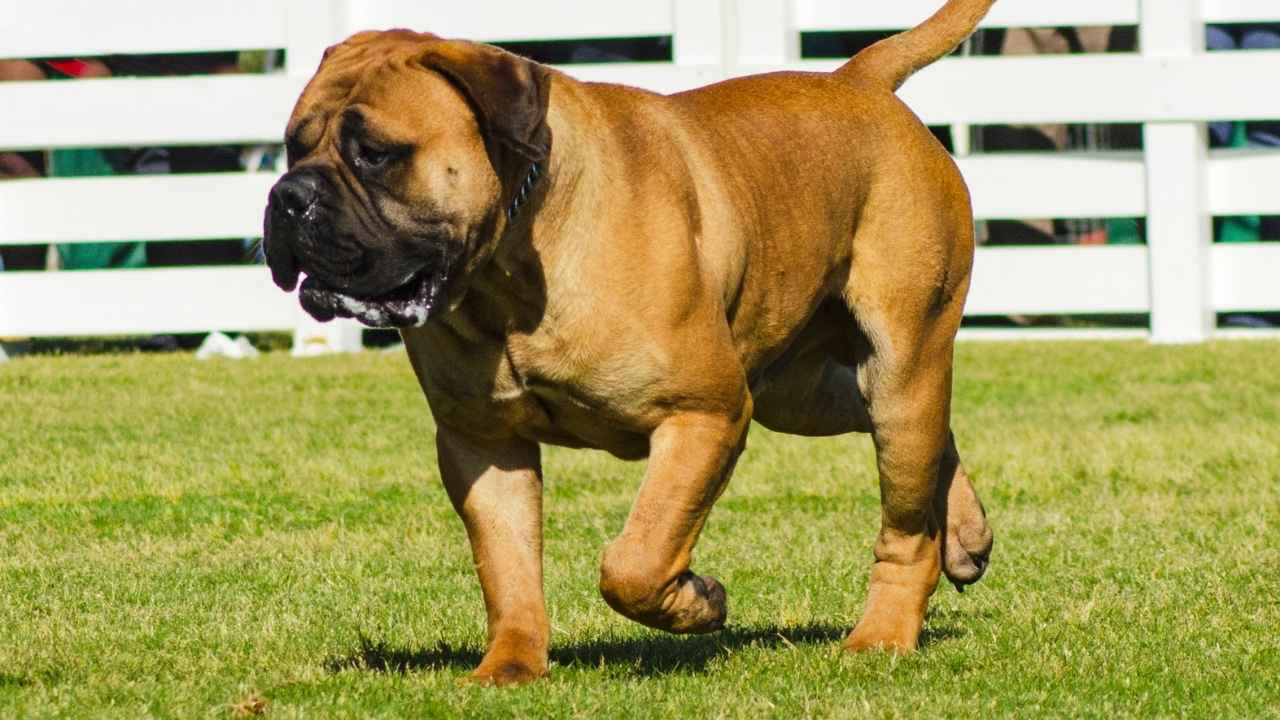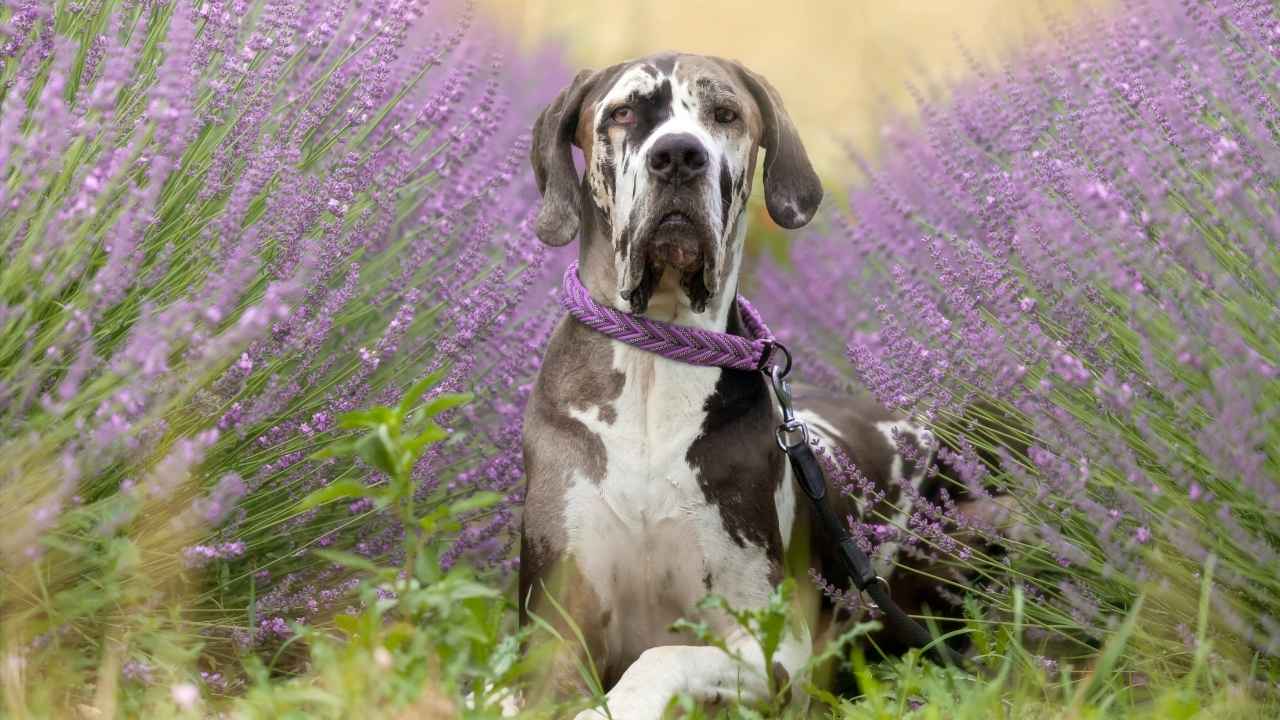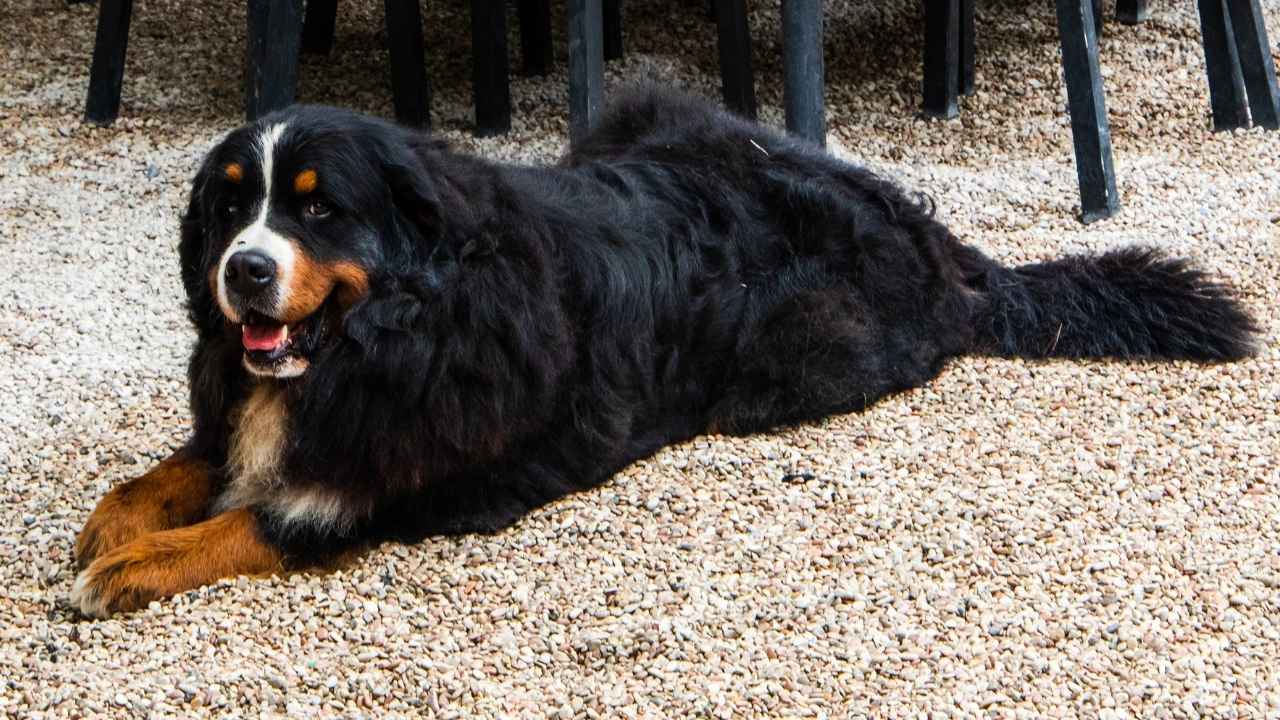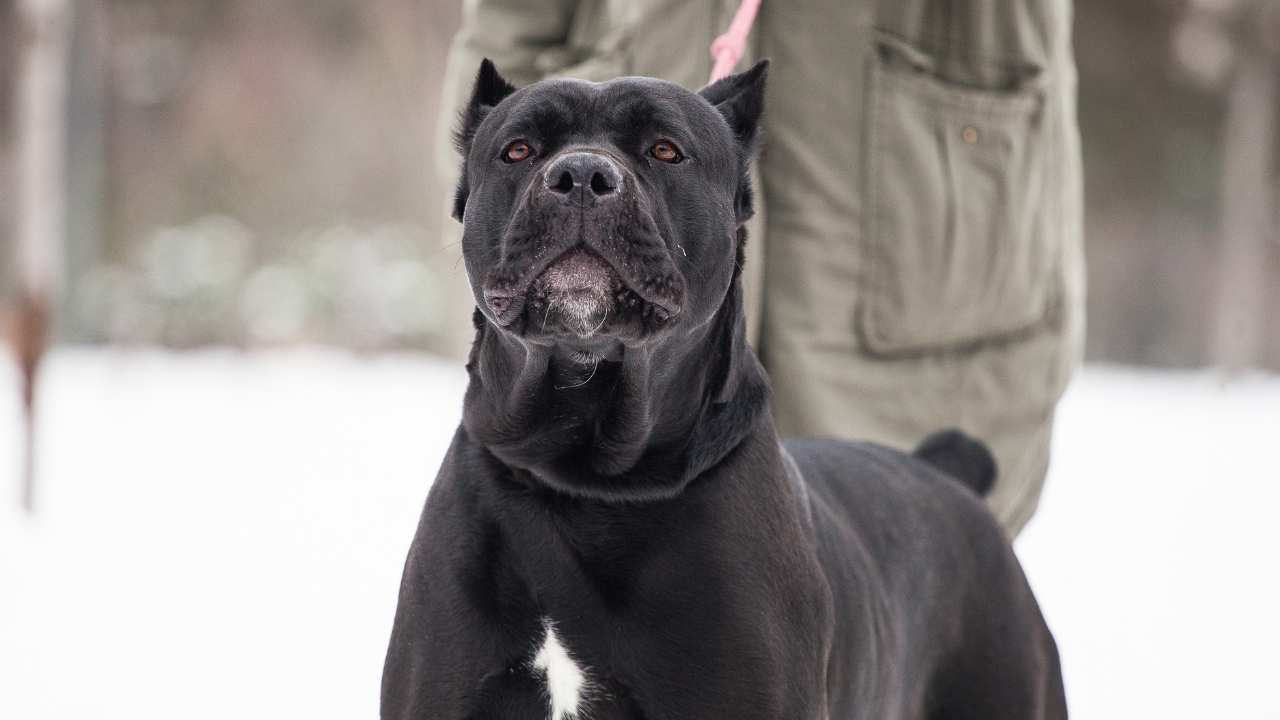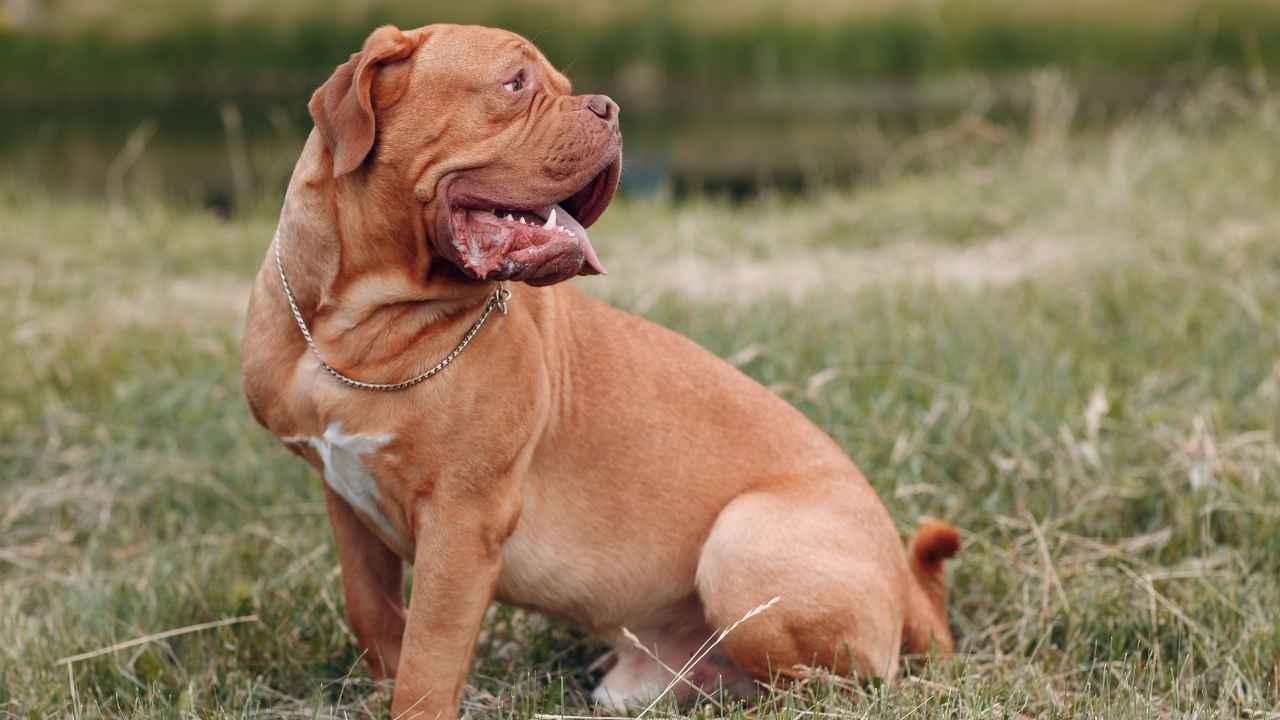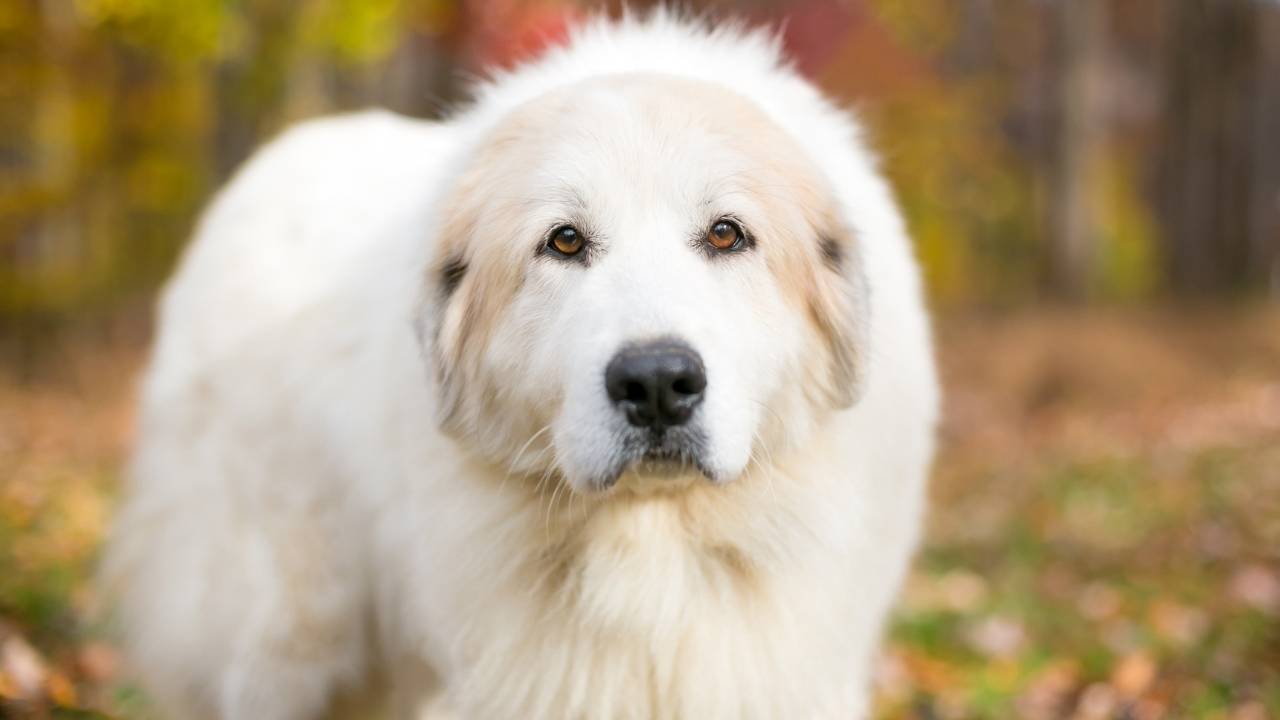Giant dog breeds often capture the hearts of pet enthusiasts with their majestic exterior and gentle demeanors. However, their impressive size often comes with equally sizable challenges, especially in training. From stubborn streaks to a natural inclination toward independence, these furry giants can test the patience and perseverance of even experienced handlers. In this article, we explore nine giant dog breeds infamous for their training difficulties, unearthing the traits that make them both wonderfully unique and challengingly complex. Understanding these nuances will arm prospective owners with the knowledge needed to transform challenges into rewarding companionships.
Owning a giant dog breed is like having a lovable, furry tank in your home—massive, powerful, and sometimes difficult to maneuver. While these gentle giants can be great companions, their sheer size presents challenges, from accidentally knocking over furniture to requiring specialized training techniques.
Unlike smaller dogs, giant breeds need consistent and early obedience training to ensure they don’t develop stubborn or unruly behaviors. Many were originally bred as working or guarding dogs, making them independent thinkers who may resist commands.
Additionally, their owners must be prepared for the financial and physical responsibilities that come with owning a large breed, including higher food costs, extensive grooming, and regular veterinary care for joint and heart issues.
In this article, we will discuss giant dog breeds that can be challenging to train, as well as provide training tips and highlight the responsibilities owners must take on to effectively manage these breeds.
Giant Dog Breeds That Are Difficult to Train
1. Irish Wolfhound
The Irish Wolfhound is a large dog with a history dating back to ancient Ireland, where they were originally bred for hunting large game such as wolves and deer. Their calm demeanor makes them great companions, but they are not the easiest breed to train due to their independent nature.
These big dogs require early training and firm yet gentle guidance. They respond well to positive reinforcement but can be stubborn when faced with repetitive commands. Socialization is crucial to prevent timid or reserved behavior around other dogs and people.
According to AKC, the Irish Wolfhound is the tallest of all dog breeds, needing a spacious environment and plenty of room to move. They are prone to joint issues, so owners should avoid excessive high-impact activities while ensuring they receive sufficient exercise.
2. Bullmastiff
Bullmastiffs were originally developed in England as guard dogs, making them naturally protective and strong-willed. Their intelligence is evident, but they can be stubborn and require firm training from an experienced owner.
Training a Bullmastiff involves setting clear boundaries and reinforcing commands consistently. They are sensitive dogs and do not respond well to harsh corrections. Instead, positive reinforcement and socialization help them develop into well-mannered family pets.
Despite their intimidating appearance, Bullmastiffs are loving companions and form strong bonds with their families. However, their protective instincts mean they need careful introductions to strangers and other dogs.
3. Great Dane
Known as the “Apollo of Dogs,” the Great Dane is both majestic and affectionate. Originally bred as hunting dogs in Germany, they have transitioned into gentle giants that make great companions.
Great Danes require early socialization and obedience training due to their size and strength. They can be excitable as puppies, leading to accidental knocking over of objects and people. Teaching them basic commands like “sit” and “stay” from an early age is essential.
Regular exercise is important, but their large frame makes them prone to joint problems. Owners should monitor their activity levels and provide a balanced mix of exercise and relaxation.
Which of These Giant Dog Breeds Would You Find Most Challenging to Train?
4. Bernese Mountain Dog
The Bernese Mountain Dog has a rich history as a working farm dog in the Swiss Alps. As mentioned in Britannica, they are also called Berners and noted for their strength. This active breed is prone to shedding and drooling, so it may not be a good choice for fastidious housekeepers.
These big dogs are affectionate but can be slow learners when it comes to training. They are eager to please, but their training should start early to reinforce good manners. They respond well to positive reinforcement and need consistency to master commands.
This large dog breed requires plenty of exercise and mental stimulation to prevent boredom. Their thick coat also requires regular grooming to keep them comfortable in different climates.
5. Anatolian Shepherd
The Anatolian Shepherd is a large, protective breed originally bred in Turkey to guard livestock. According to PetMD, this makes them highly valuable for their independence and strong-willed nature; however, in urban life, this translates to a breed that can be difficult to train.
Training an Anatolian Shepherd requires an experienced owner who can establish themselves as the pack leader. They are highly intelligent and quick learners, but their independent streak means they may challenge commands. Positive reinforcement works best, and early socialization is crucial to help them become well-rounded pets.
Anatolian Shepherds require a lot of physical exercise and mental stimulation to stay happy and healthy. Due to their protective nature, they need to be carefully introduced to new people and pets to avoid territorial behavior.
6. Tibetan Mastiff
The Tibetan Mastiff is a majestic dog breed that was traditionally used to guard livestock in the Himalayas. They are known for their aloof and independent personality, which can make training more difficult.
While they are intelligent, Tibetan Mastiffs can be stubborn, making it important for owners to start training early and remain consistent. They respond well to positive reinforcement but can be resistant to commands they do not see value in. Socialization is key to helping them become well-adjusted dogs that are comfortable around others.
These big dogs require moderate exercise and plenty of space to roam. Their thick coat needs regular grooming, and due to their size and guarding instincts, they are best suited for families with experience handling strong-willed dogs.
7. Cane Corso
The Cane Corso is an Italian mastiff known for its strength and protective nature. Originally nurtured for guarding, they are naturally confident and independent, which can pose challenges when training.
They need a firm and experienced owner to establish clear boundaries and leadership. They are intelligent but can be stubborn, so positive reinforcement is essential for teaching them commands. Socialization should start early to prevent aggression toward strangers or other animals.
Regular exercise is vital to keep them physically and mentally stimulated, but their muscular build and size make them prone to joint issues, so owners should monitor their activity carefully. With proper training, Cane Corsos can be loyal, well-behaved companions.
8. Dogue de Bordeaux
The Dogue de Bordeaux is a loyal giant breed originally used for guarding and working alongside humans. Known for their gentle temperament with family members, they can be challenging to train due to their independent and sometimes stubborn nature.
Training a Dogue de Bordeaux requires consistency and patience. They respond well to positive reinforcement but can resist commands if they sense a lack of authority. Early socialization is important to prevent overprotectiveness and to ensure they are well-behaved around strangers and other animals.
These dogs are large and require regular exercise to maintain a healthy weight. Due to their muscular build, they may be prone to joint problems, so it’s important to manage their exercise routine carefully.
9. Great Pyrenees
The Great Pyrenees is a large, majestic dog originally bred to guard livestock in the mountains of France and Spain. They are described as headstrong and stubborn with a willingness to use aggression where necessary.
Purina states that strangers will be at best mistrusted and at worst, a Pyrenean may react aggressively to those they deem unwelcome and threatening, so careful socialization and training is advised.
Training a Great Pyrenees requires patience, consistency, and gentle but firm leadership. They can be slow to obey commands, as they tend to think independently. Early socialization is important to prevent them from becoming overly protective or reserved around strangers.
Conclusion
Training a giant demanding dog breed comes with unique challenges, but with patience, consistency, and proper techniques, these loving companions can become well-mannered members of the family. Each breed has its own characteristics and needs, but they all require dedicated owners willing to put in the time and effort to train and care for them.
While some breeds, like the Great Dane and Bernese Mountain Dog, respond well to training, others, such as the Anatolian Shepherd and Tibetan Mastiff, require experienced handlers due to their independent nature. Understanding the history, temperament, and exercise needs of each breed is essential in making the right choice for a family pet.
If you’re considering adopting a difficult breed, ensure you have the space, time, and patience to meet their needs. These giants can be rewarding companions, but they thrive best with dedicated owners who understand their challenges and are committed to their training and well-being.
In conclusion, owning one of the nine hard-to-train giant dog breeds can be both a rewarding and demanding experience. These breeds, known for their size and strength, often require specialized training techniques, patience, and consistency from their owners. Challenges may arise due to their independent natures, high energy levels, or stubbornness, but with dedication and the right approach, these dogs can become well-behaved companions. Prospective owners should be prepared to invest time in training and socialization to ensure a harmonious relationship, ultimately leading to a fulfilling bond with these magnificent canines.
